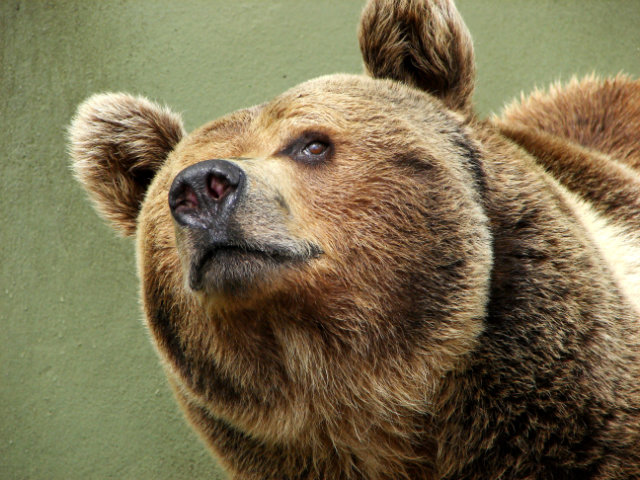If Europeans go down to the woods today they might be in for a big surprise: bears. And in countries no longer used to big predators, it’s no picnic.
Reintroduced in parts of western Europe in “rewilding” programmes — in the east they never died out — brown bears have wandered far and wide and have created antagonism with attacks on livestock.
But unlike wolves, which have also returned and have killed farm animals, bears have also been involved in isolated incidents with humans, including one in August when a man was injured in Italy.
High on the hills above Nals in Italy’s Alpine northern region of South Tyrol, for example, after losing four sheep to bear attacks this year, farmer’s wife Monika Windegger is worried.
Male bears weigh as much as 350 kilos (770 pounds) and females 200 kilos, and can easily outrun a human. Rearing up, they stand up to seven feet (two metres) tall.
They are omnivores, eating berries and nuts as well as small and large animals — including sheep and calves. They are capable of putting away 40 kilos of food a day in the weeks before hibernation.
– Hunted for fur –
Brown bears used to be widespread throughout northern and central Europe, Asia, the mountains of north Africa and western North America as far south as Mexico.
But losing territory to human expansion and hunted for their fur, they now cover just two percent of their former habitat, numbering some 200,000. Half are in Russia, 30,000 in North America and 8,000 in Europe.
In northern Italy, 10 bears from the south-eastern European country of Slovenia were released in 1999. The population has since soared to 40-60 animals, some of whom have made it to Switzerland, Austria and Germany. Several have been killed.
Other projects saw Slovenian bears transplanted to the Pyrenees mountains that straddle the Spanish-French border, where the population is estimated now at around 25. One of the most famous migrant bears — Balou — who was sponsored by the French actors Fanny Ardant and Gerard, was found dead earlier this year.
According to South Tyrol official Andreas Agreiter, who monitors the animals and compensates farmers — up to 300 euros ($375) per dead sheep — the public used to support the bears.
– What bears do in the woods –
Proponents say that as a “keystone species”, big predators are important players in ecosystems, having hugely beneficial and sometimes surprising trickle-down effects.
In a famous example in the Yellowstone National Park in the United States, the reintroduction of wolves in the 1990s led deer and their other prey to avoid open areas more.
This in turn allowed vegetation, which the deer would otherwise eat, to thrive, providing not just cover and food for other animals but even, by firming up the soil, slowing erosion by waterways.
In the case of bears, the WWF says, they play an important role keeping other animal populations in check and also in “seed dispersal” from their droppings.
For Agreiter, the media and politicians — both of which have tended to exaggerate the problems — need to put things in perspective. And public information needs to improve.
Moreover, in eastern and south-eastern Europe, where big predators never died out — there are 400-500 bears in Slovenia alone — there is little controversy.
Many there see them as an asset. In Bulgaria and Romania, tourists can go bear- and wolf-spotting. In the central Croatian region of Lika, 85 percent of people are in favour of bears, one survey showed.

COMMENTS
Please let us know if you're having issues with commenting.